All You Need to Know: Only the DWP Reform Measure Deserves Our Support
LA WATCHDOG--Of the 24 ballot measures on the November ballot, only four are specific to the City of Los Angeles. And of these four, only one deserves a YES vote (RRR - DWP Reform), two deserve a NO vote (HHH - the $1.2 billion homeless bond and SSS – Fire and Police Pension Plans), and one deserves a HELL NO vote (JJJ - Build Better LA). (See Ballot Summaries below.)
When determining how to vote, the first and most important question is whether you trust the proponents of the ballot measure. And in the case of the City of Los Angeles, Mayor Eric Garcetti and the City Council have not earned our trust and confidence as they have not embraced the reform of our City’s finances. They have ignored the excellent budget recommendations of the LA 2020 Commission, have refused to address the Structural Deficit where the increase in personnel expenditures (salaries, pensions, and medical benefits) exceed the growth in tax revenues, have passed on reforming the City’s two pension plans which are $15 billion in the hole, have failed to develop a plan to repair our streets and the rest of our failing infrastructure, and continue to bow to the wishes of real estate developers and billboard operators.
NO on Proposition HHH, the $1.2 Billion Homeless Bond
While our Enlightened Elite who occupy City Hall have told us that addressing homelessness is a priority, they have failed to make the average payment of $65 million a year a budget priority despite a $1 billion increase in City revenues over the last four years and another $600 million over the next four years. Rather than continue with this $2 billion revenue grab over the next 30 years (including interest payments) through an increase in our property taxes, the City has the capacity to pay for the homeless bonds by eliminating their discretionary slush funds, reduce their bloated staffs, and discontinue the hundreds of millions in “giveaways” to international hotel operators and mall operators such as Westfield.
The City has not developed a credible financial plan to fund the $2.8 billion gap between the $4 billion cost of 10,000 units of permanent supportive housing and the $1.2 billion in bond proceeds. Nor has it addressed the over the top cost of $400,000 a unit. Nor has it entered into a definitive agreement with the County which is considering a quarter cent increase in our sales tax ($350 million) to fund its service to the homeless.
The concept of throwing cash at the homeless problem without a financial and operational plan does not pass muster, especially given the lack of meaningful oversight.
For more information, see the CityWatch article, Los Angeles Must Resolve Its Homeless Crisis … This $1.2 Billion Taxpayer Ripoff is Not the Way to Do It.
NO on Charter Amendment SSS, the Los Angeles Fire and Police Pension Plans
If approved by a majority of the voters, Airport Police officers will be eligible to participate in the Los Angeles Fire and Police Pension Plans (“LAFPP”) instead of the less generous Los Angeles City Employees Retirement System (“LACERS”) plan. But without real pension reform that addresses the billions of unfunded liabilities of both LACERS and LAFPP, this ballot measure does not deserve our support. This scheme will also result in significantly higher pension contributions by the Airport and eventually its airline tenants.
The Los Angeles Times urges a NO vote. Police Pension Measure SSS Raises Too Much Doubt to Support.
HELL NO on Initiative Ordinance JJJ / Build Better LA Initiative
The Build Better LA Initiative is a crude attempt by the Los Angeles County Federation of Labor to take advantage of the affordable housing shortage in the City of Los Angeles. It would require real estate developers who request a zoning change or variance to include units of affordable housing in the development and to agree to the equivalent of a Project Labor Agreement. While there has not been any detailed analysis of the financial impact of this measure on housing costs, preliminary estimates indicate that it would drive up costs by 30% to 40%. This added expense will result in a transfer of money intended for affordable housing into the pockets of construction workers and their unions.
This misleading, self-serving ballot measure will make affordable housing more unaffordable.
The Los Angeles Times urges a NO vote. Measure JJJ Could Make LA’s Housing Crisis Even Worse.
For additional information, see the CityWatch article, Build Better LA Initiative: Affordable Housing Made More Unaffordable
YES on Charter Amendment RRR, DWP Reform
The major problem with our Department of Water and Power is City Hall. Unfortunately, this charter amendment does not address the issue of Ratepayers being used as an ATM by Mayor Garcetti and the City Council. Nor are there any major changes in the governance of the Department. But it does allow for more efficient procurement and contracting, increased oversight by the Ratepayers Advocate and a newly created Water & Power Analyst that reports directly to the Board of Commissioner, and a more transparent process of appointing a new General Manager. It also requires the Department and the Board of Commissioners to prepare a Four Year Strategic Plan beginning in 2020 for consideration by the City Council and the Mayor.
The major source of controversy is that this charter amendment begins the process that may lead to the Department establishing its own Human Resources Department for its 9,000 employees that is separate and distinct from the City’s Personnel Department and remove the Department from the City’s cumbersome civil service rules and regulations. The City’s civilian unions are labeling this as a “power grab” because it would lessen their influence over the affairs of the Department and limit the transfer of City employees to better paying jobs at DWP. But any major changes would require Council approval which would “undoubtedly prompt an epic political battle.”
While this ballot measure is not the answer to our prayers, it is a step in the right direction.
As a side note, City Council President deserves a pat on the back for ushering this ballot measure through the City Council. And with his leadership, hopefully other meaningful changes will be implemented by the City Council.
The Los Angeles Times in a very good editorial urges a YES vote.
++++++++++++
Ballot Summary / Question
HHH - HOMELESSNESS REDUCTION AND PREVENTION, HOUSING, AND FACILITIES BOND. PROPOSITION HHH.
To provide safe, clean affordable housing for the homeless and for those in danger of becoming homeless, such as battered women and their children, veterans, seniors, foster youth, and the disabled; and provide facilities to increase access to mental health care, drug and alcohol treatment, and other services; shall the City of Los Angeles issue $1,200,000,000 in general obligation bonds, with citizen oversight and annual financial audits?
SSS – CITY OF LOS ANGELES FIRE AND POLICE PENSIONS; AIRPORT PEACE OFFICERS. CHARTER AMENDMENT SSS.
Shall the Charter be amended to: (1) enroll new Airport peace officers into Tier 6 of the Fire and Police Pensions System; (2) allow current Airport peace officers to transfer into Tier 6 from the City Employees’ Retirement System (LACERS) at their own expense; and (3) permit new Airport Police Chiefs to enroll in LACERS?
JJJ – AFFORDABLE HOUSING AND LABOR STANDARDS RELATED TO CITY PLANNING. INITIATIVE ORDINANCE JJJ.
Shall an ordinance: 1) requiring that certain residential development projects provide for affordable housing and comply with prevailing wage, local hiring and other labor standards; 2) requiring the City to assess the impacts of community plan changes on affordable housing and local jobs; 3) creating an affordable housing incentive program for developments near major transit stops; and 4) making other changes; be adopted?
RRR – CITY OF LOS ANGELES DEPARTMENT OF WATER AND POWER (DWP). CHARTER AMENDMENT RRR.
Shall the Charter be amended to: (1) add qualification requirements, stipends and removal protections for DWP Board; (2) expand Board to seven members; (3) require DWP prepare four-year Strategic Plans for Council and Mayoral approval; (4) modify DWP’s contracting, rate-setting and other authority; (5) permit future alternatives to existing civil service standards for DWP employees through collective bargaining; and (6) require monthly billing?
+++++++++++++++++
(Jack Humphreville writes LA Watchdog for CityWatch. He is the President of the DWP Advocacy Committee and is the Budget and DWP representative for the Greater Wilshire Neighborhood Council. He is a Neighborhood Council Budget Advocate. Jack is affiliated with Recycler Classifieds -- www.recycler.com. He can be reached at: [email protected].)
– cw

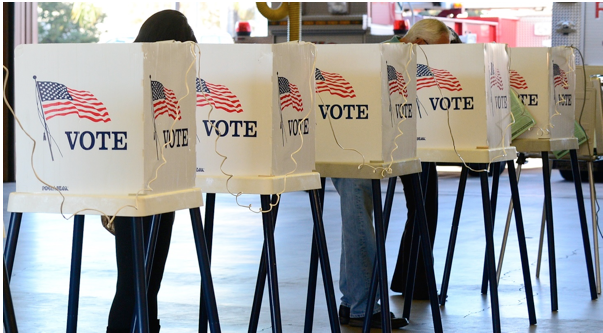
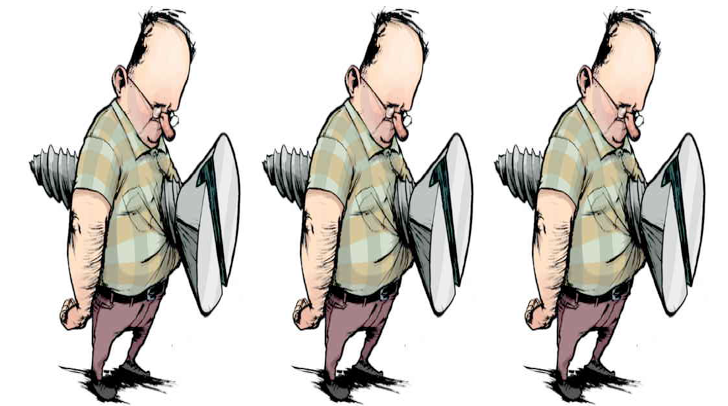


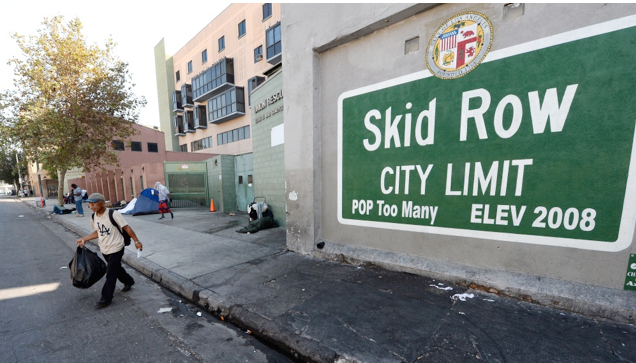
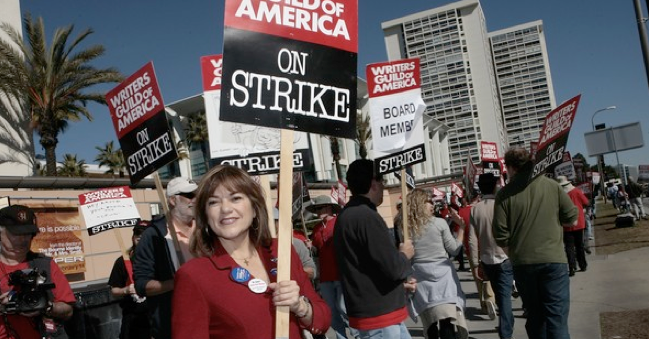
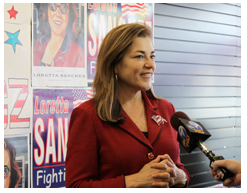 Sanchez, on the other hand, has developed a reputation over her twenty years in House of Representatives as a legislator who can work in a bipartisan manner, much like Senator Diane Feinstein who has been an effective proponent for California. She has the endorsement of 17 of the State’s Democratic Congressional representatives, almost double the number that are supporting Harris.
Sanchez, on the other hand, has developed a reputation over her twenty years in House of Representatives as a legislator who can work in a bipartisan manner, much like Senator Diane Feinstein who has been an effective proponent for California. She has the endorsement of 17 of the State’s Democratic Congressional representatives, almost double the number that are supporting Harris. 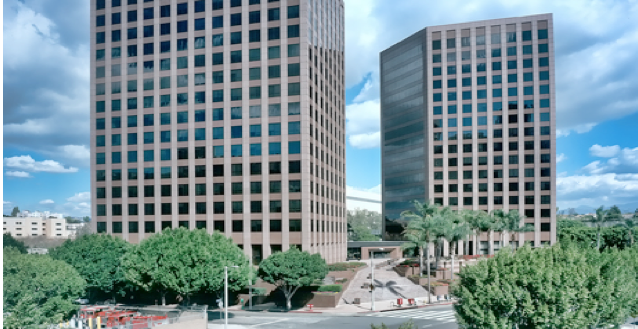

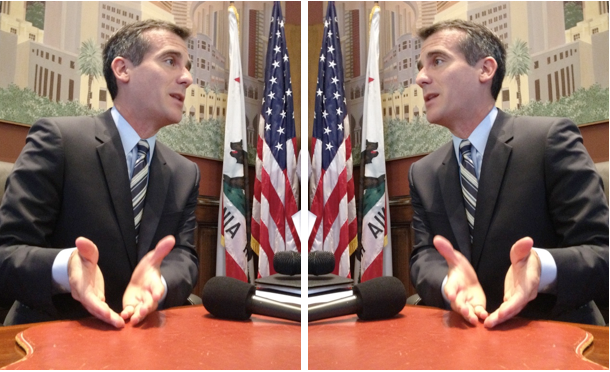
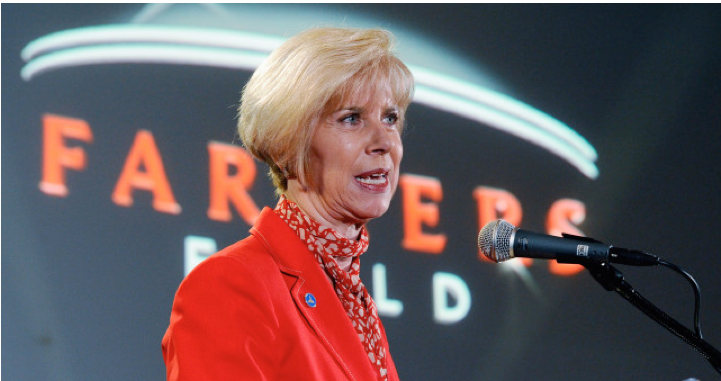
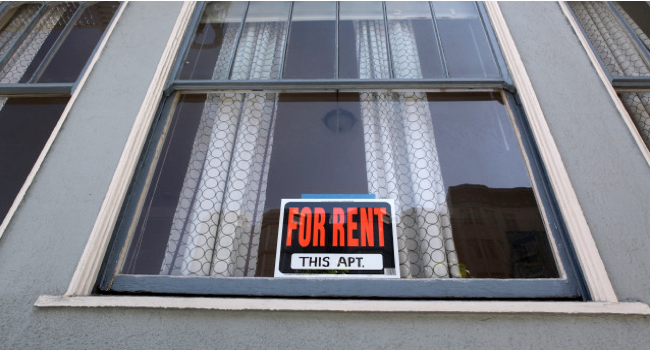
 Notably lacking is any discussion about the economics associated with this ballot measure. But according to several sources, this initiative will increase construction costs by about 30% to 40%, in large part because of the onerous hiring requirements (see below) contained in the initiative.
Notably lacking is any discussion about the economics associated with this ballot measure. But according to several sources, this initiative will increase construction costs by about 30% to 40%, in large part because of the onerous hiring requirements (see below) contained in the initiative. 

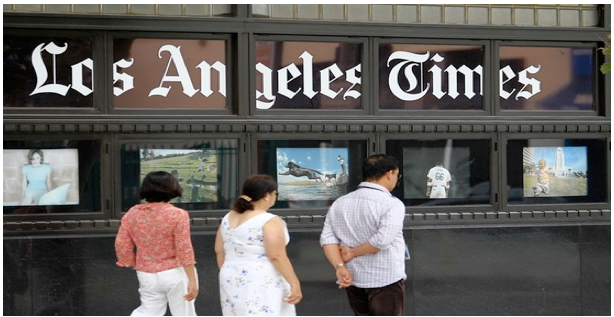


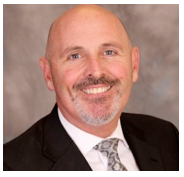 David Wright (left), the Interim General Manager, is a relatively new addition to the Department’s management ranks, but has had considerable utility experience, including as General Manager of Riverside Public Utilities. As the Chief Operating Officer, he also has an understanding of DWP, its management, its strengths and weaknesses, and its highly politicized environment.
David Wright (left), the Interim General Manager, is a relatively new addition to the Department’s management ranks, but has had considerable utility experience, including as General Manager of Riverside Public Utilities. As the Chief Operating Officer, he also has an understanding of DWP, its management, its strengths and weaknesses, and its highly politicized environment. 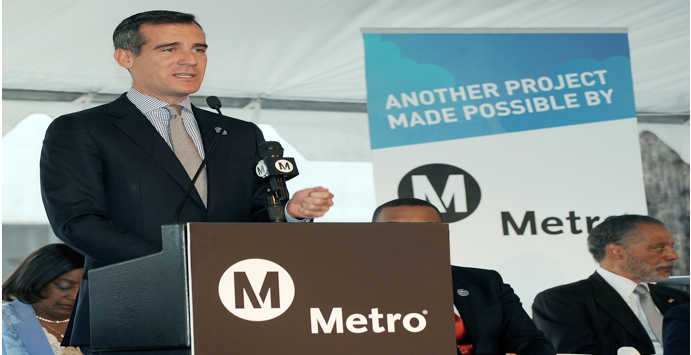

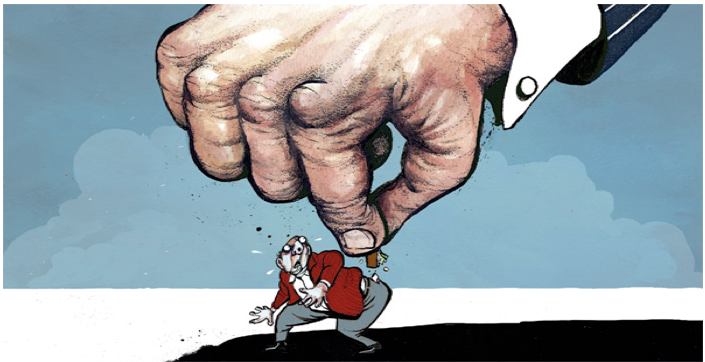

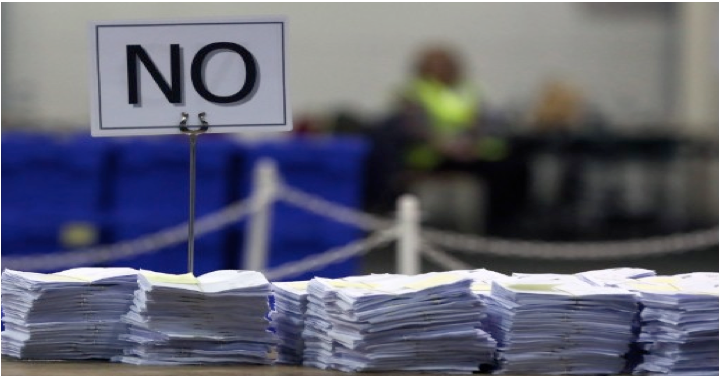

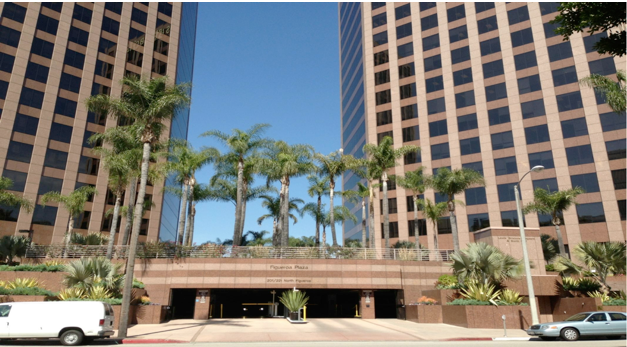
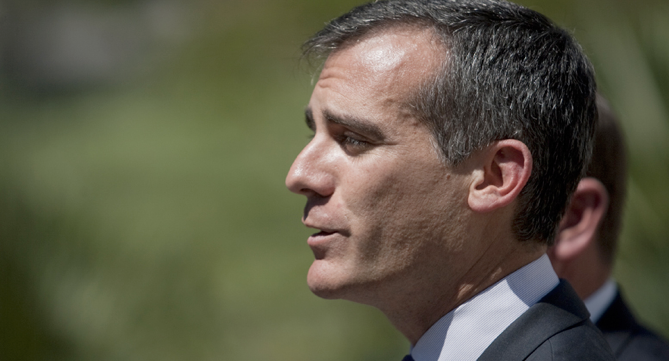
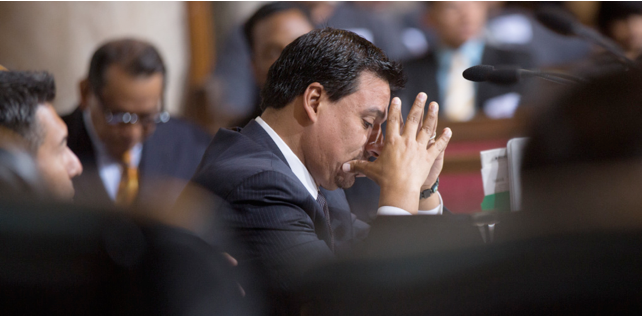
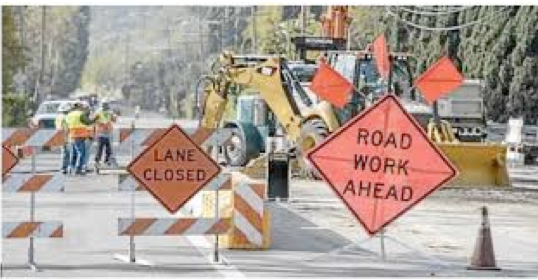
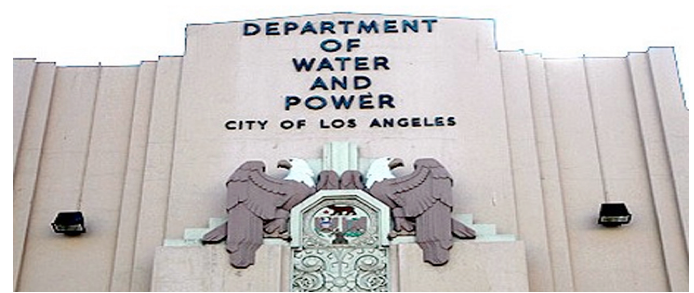

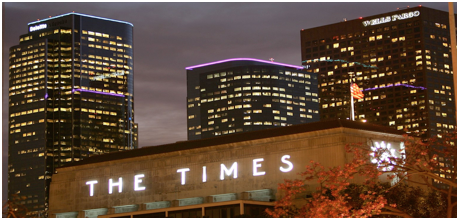

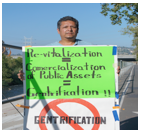 But these non-affordable developments are not subject to a long range plan that respects the existing communities and neighborhoods. Rather, it is the Wild West, a land grab by rapacious real estate speculators.
But these non-affordable developments are not subject to a long range plan that respects the existing communities and neighborhoods. Rather, it is the Wild West, a land grab by rapacious real estate speculators. 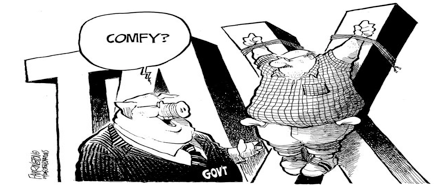
 As such, the Supervisors will need to disclose the allocation of funds in the ballot measure that balances the goals of urban dwellers, suburban taxpayers, and open space advocates.
As such, the Supervisors will need to disclose the allocation of funds in the ballot measure that balances the goals of urban dwellers, suburban taxpayers, and open space advocates. 













